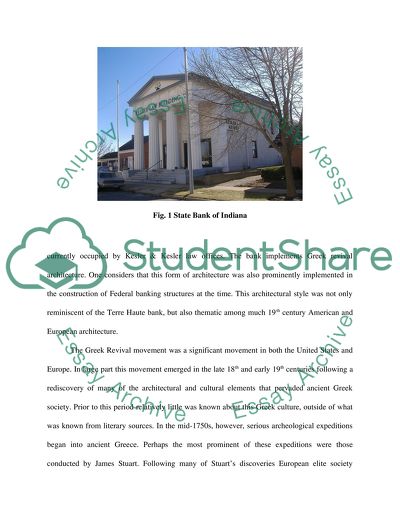Cite this document
(“Art Essay Example | Topics and Well Written Essays - 1500 words”, n.d.)
Retrieved from https://studentshare.org/visual-arts-film-studies/1460277-art
Retrieved from https://studentshare.org/visual-arts-film-studies/1460277-art
(Art Essay Example | Topics and Well Written Essays - 1500 Words)
https://studentshare.org/visual-arts-film-studies/1460277-art.
https://studentshare.org/visual-arts-film-studies/1460277-art.
“Art Essay Example | Topics and Well Written Essays - 1500 Words”, n.d. https://studentshare.org/visual-arts-film-studies/1460277-art.


